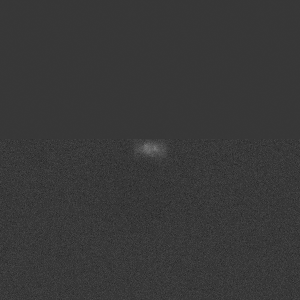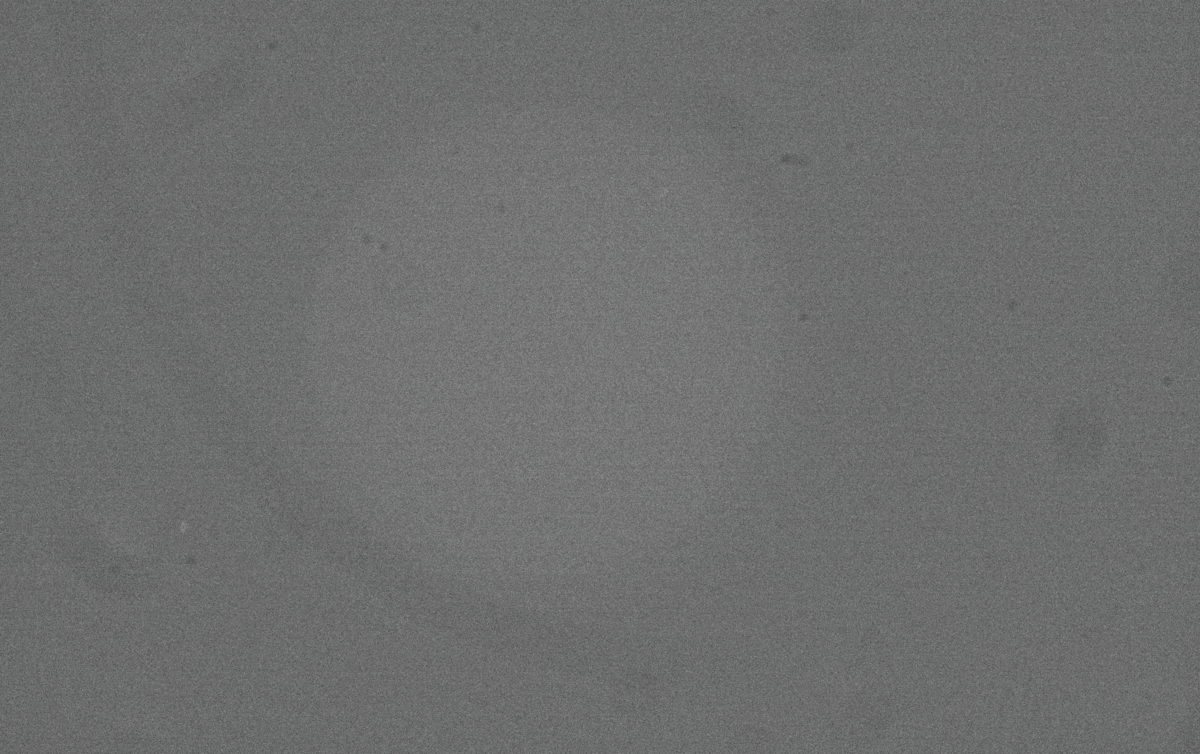ISS how to find ISS during the day? (experiment)
Taking photos of objects outside Earth’s atmosphere is always a challenging task, mostly not very successful. Apart from a few exceptions like Moon and Venus (and obviously the Sun), most objects are pale, has very low contrast. The International Space Station is no exception either, but occasionally when circumstances are right, it can be rewarding.
Yesterday I missed a very promising ISS near Venus flyby event. I could have observed it from my balcony, they were only 11′ (arcminutes) apart from each other. But it got cloudy…. Today weather changed and it was sparklingly clear. So I started thinking is ISS coming near Venus today as well? Well today the closest separation was 3.5º and it got me thinking what if I will use my scope and motorised mount to try and capture it..
So the International Space Station was passing the sky at 12:20BST/11:20UT today. This was an experiment to see if I can find ISS on the clear blue sky just by using Sky Safari and my Skywatcher Allview mount. The Space Station was 3.5º away from Venus, which is a huge distance – equals roughly 7 lunar diameters!
This was hugely experimental attempt to check if with a tiny bit of maths is it possible to find ISS and I’m very happy that it worked! Sometimes some interesting event happening during daytime (like a new spacecraft docking to ISS, etc.) and this experiment showed me that if we have at least one reference point and the setup of our telescope was accurate enough, the ISS can be filmed in broad daylight – and most importantly not next to another celestial body, but completely alone in the blue sky.
Totally awesome! More in this video!
Equipment
Skywatcher 72/420 ED Apo refractor telescope
Zwo ASI174MM colour camera
TeleVue 2.5x powermate
Skywatcher Allview mount
Baader IR-Pass filter
19/04/2020



